I'm currently trying to make an EPROM programmer on my breadboard capable of programming a single address at a time. Nothing fancy for writing large programs, just trying to learn some basics.
Right now, I am stuck without a button to trigger a RC circuit to pulse in the required timing for a single write cycle. Is there a more complex circuit than the one mentioned above or just a different approach using flip-flops to generate a single pulse under 100us?
I'm using the AMD AM27C512 EPROM.

